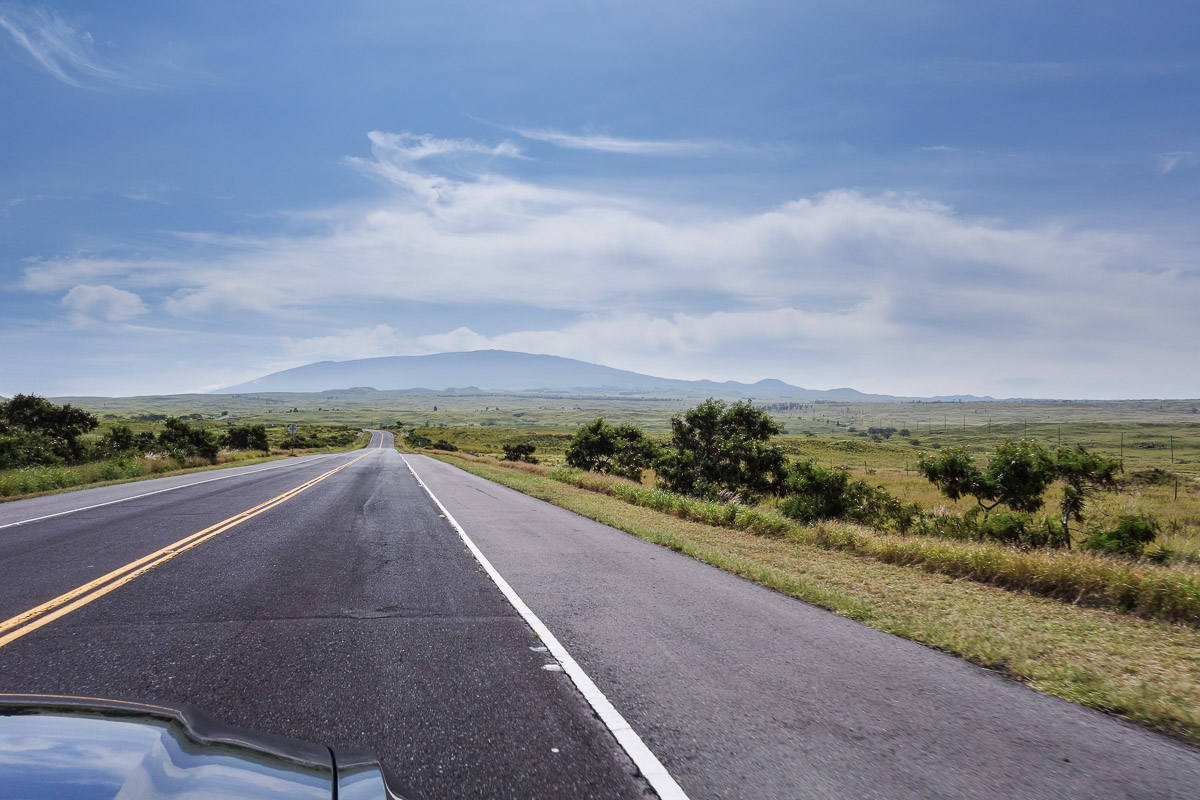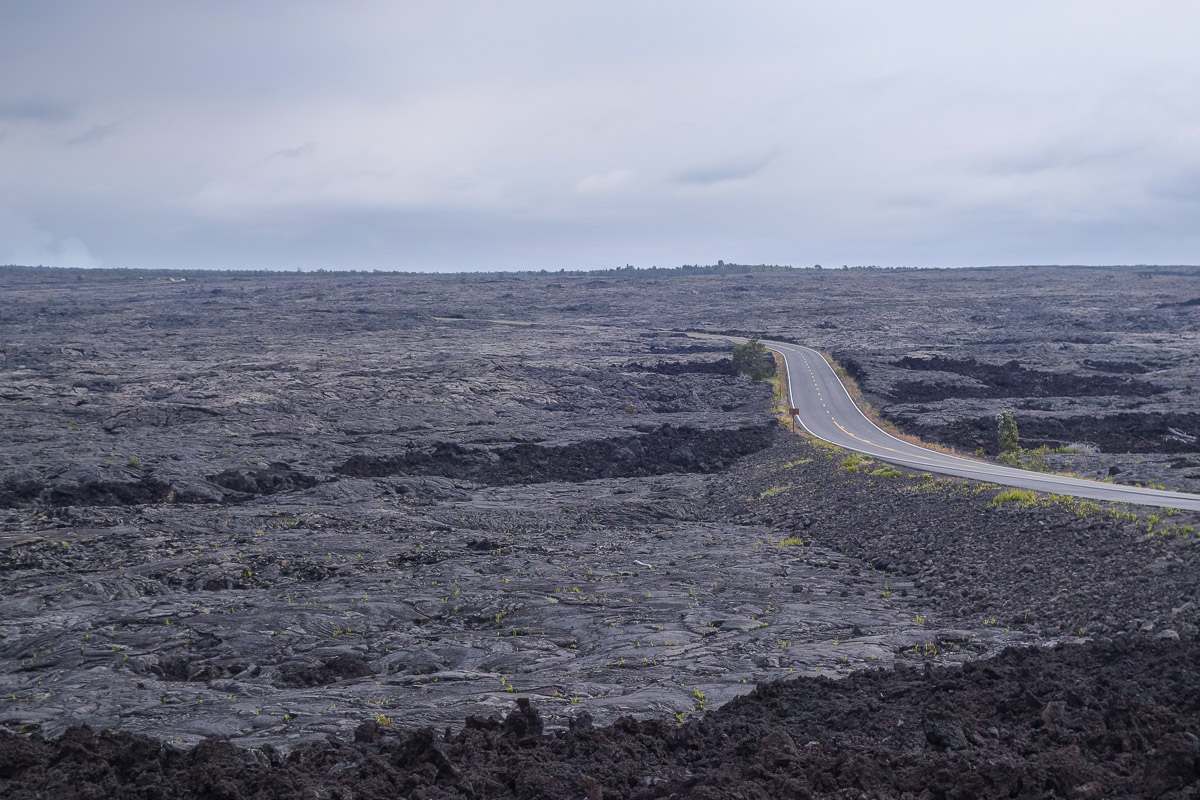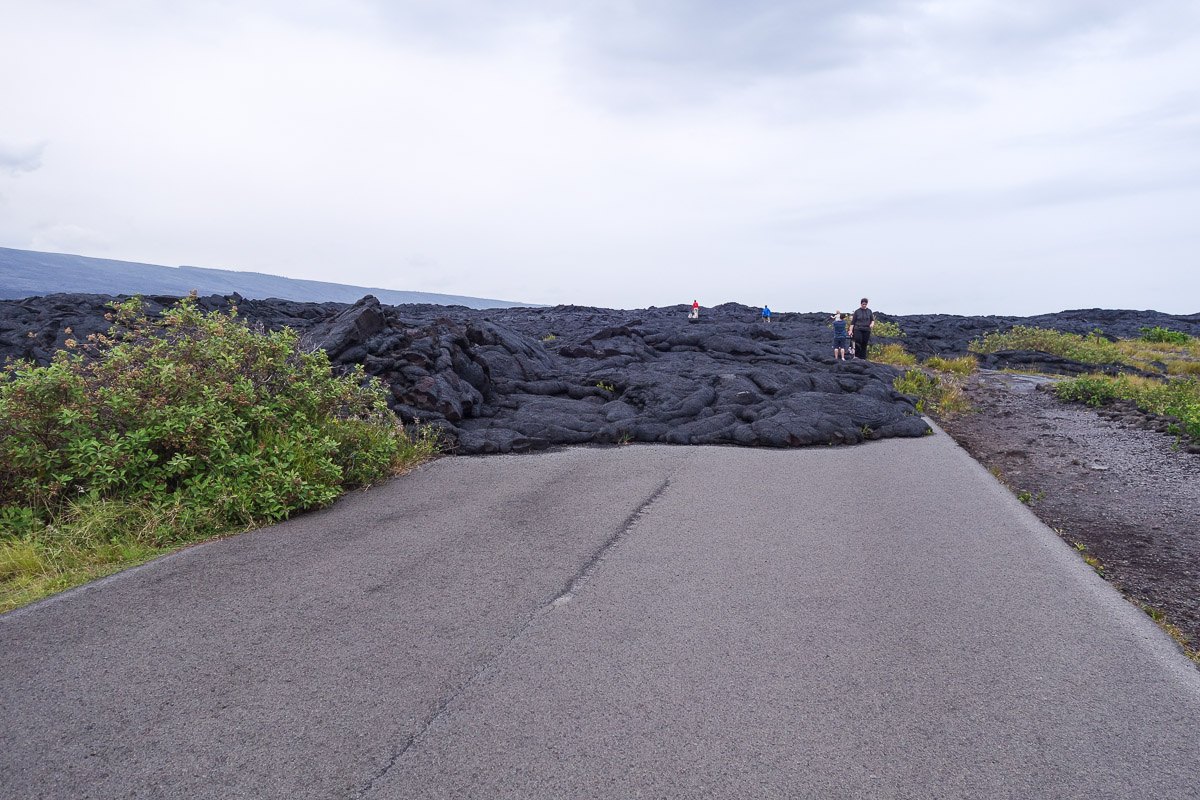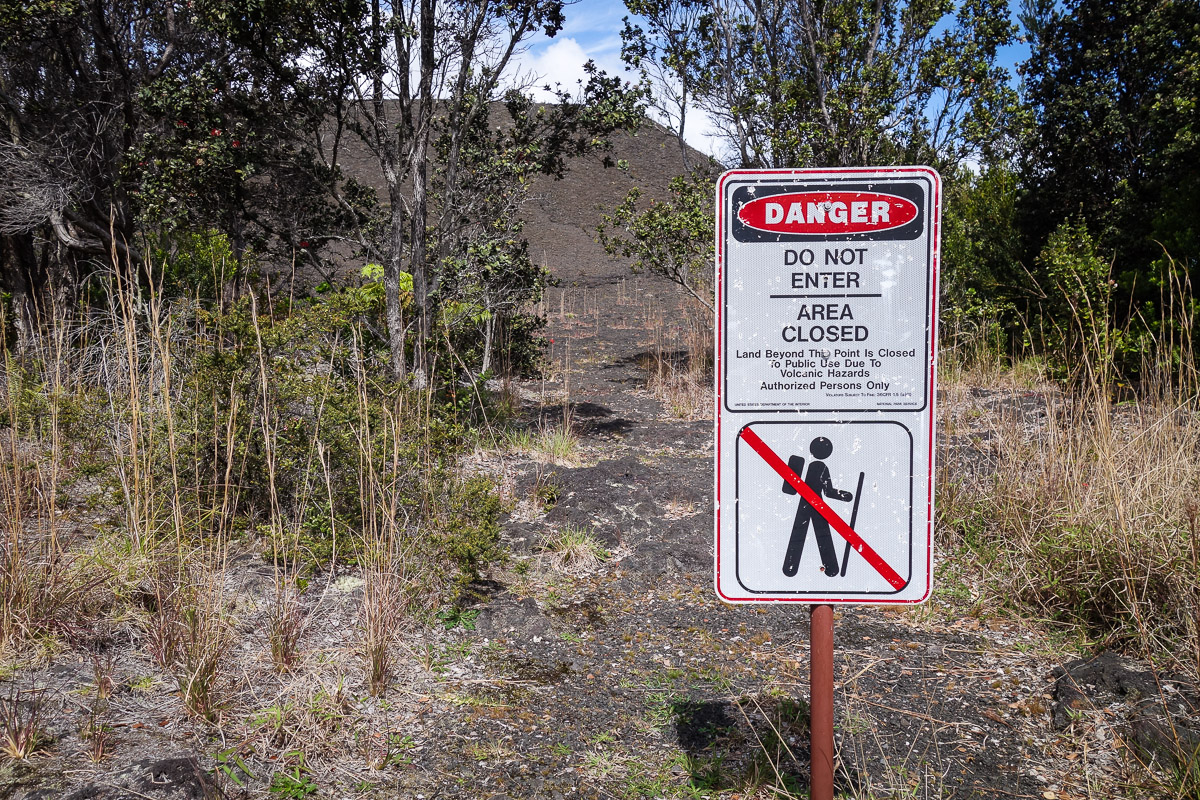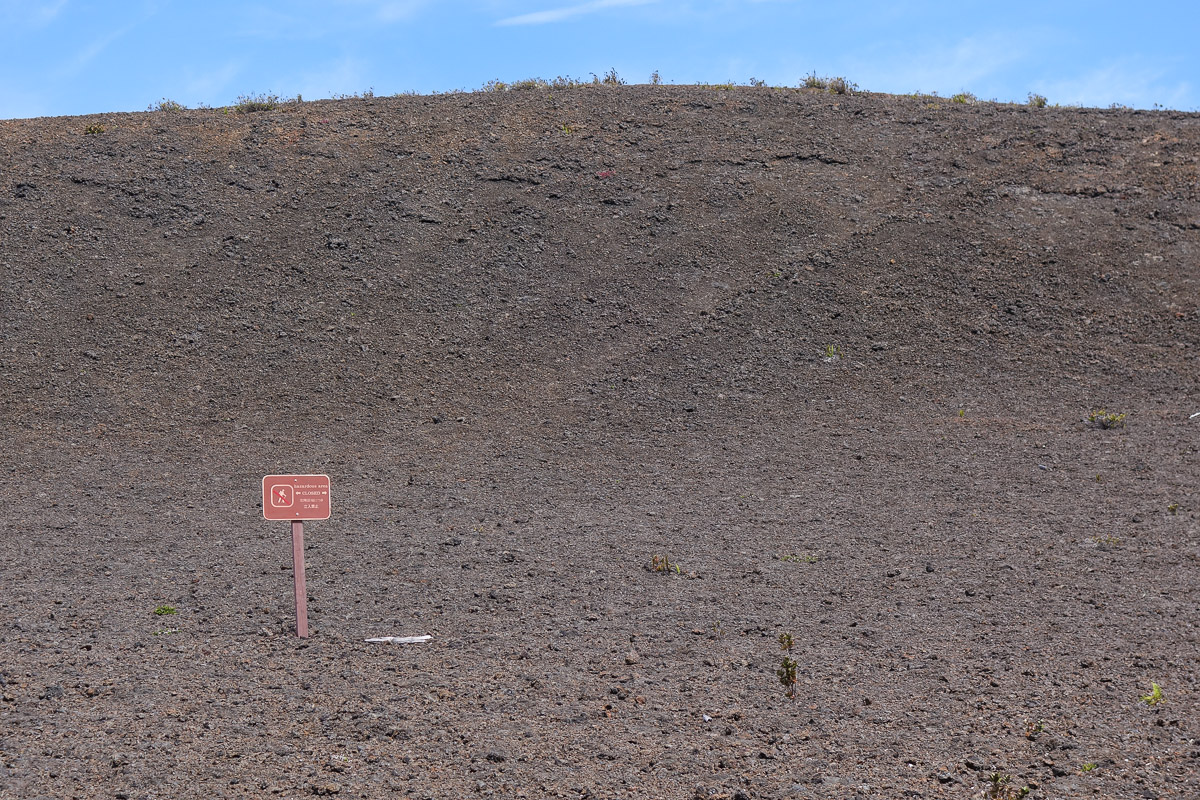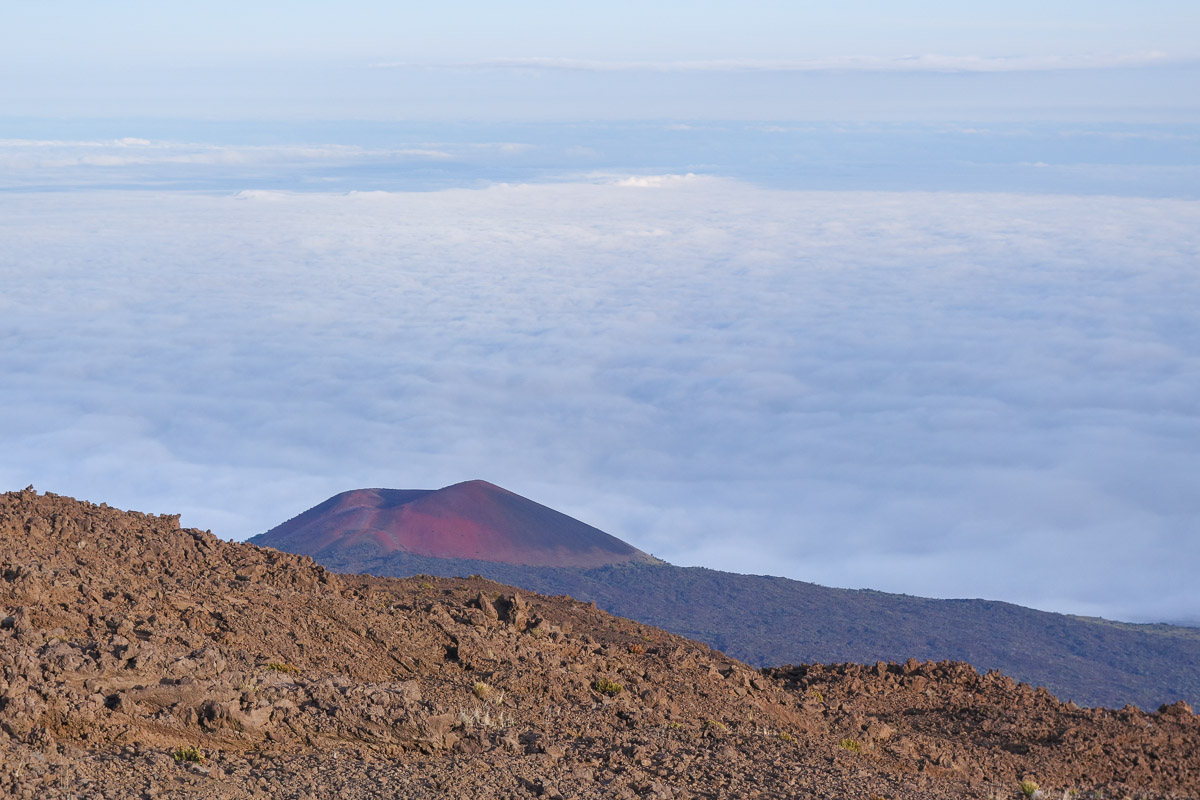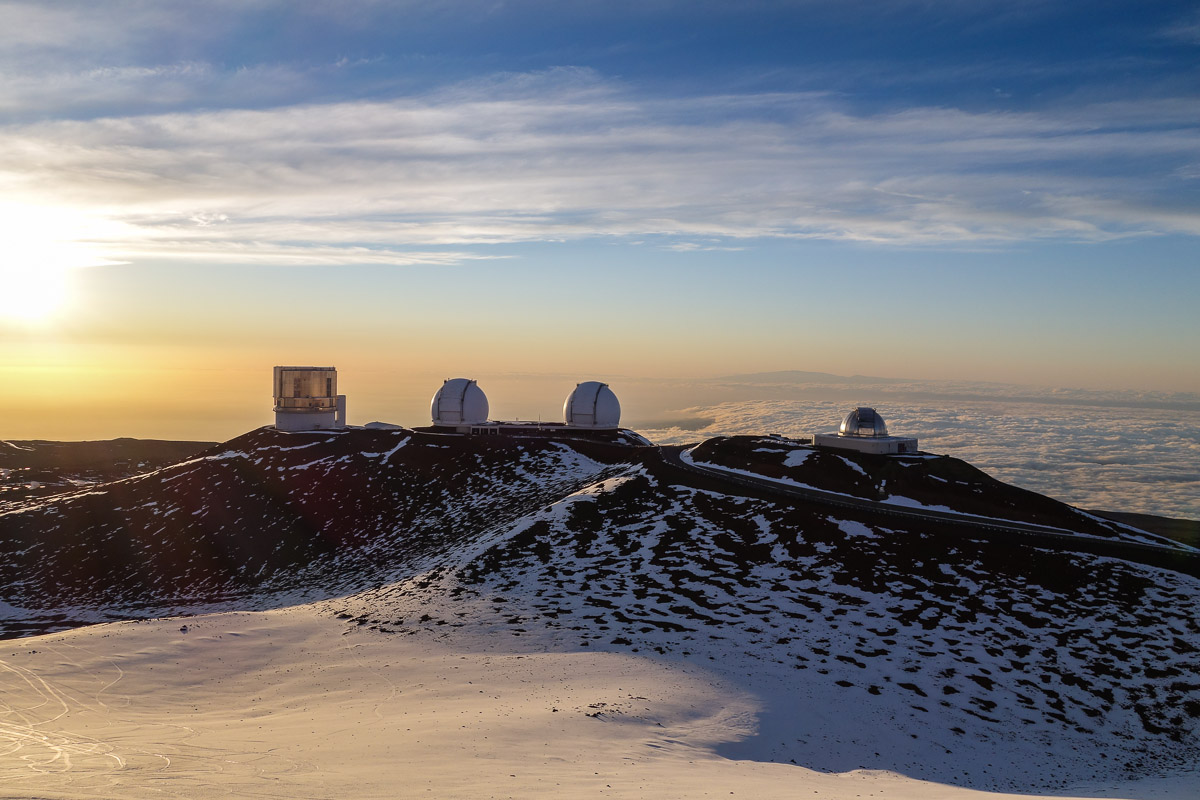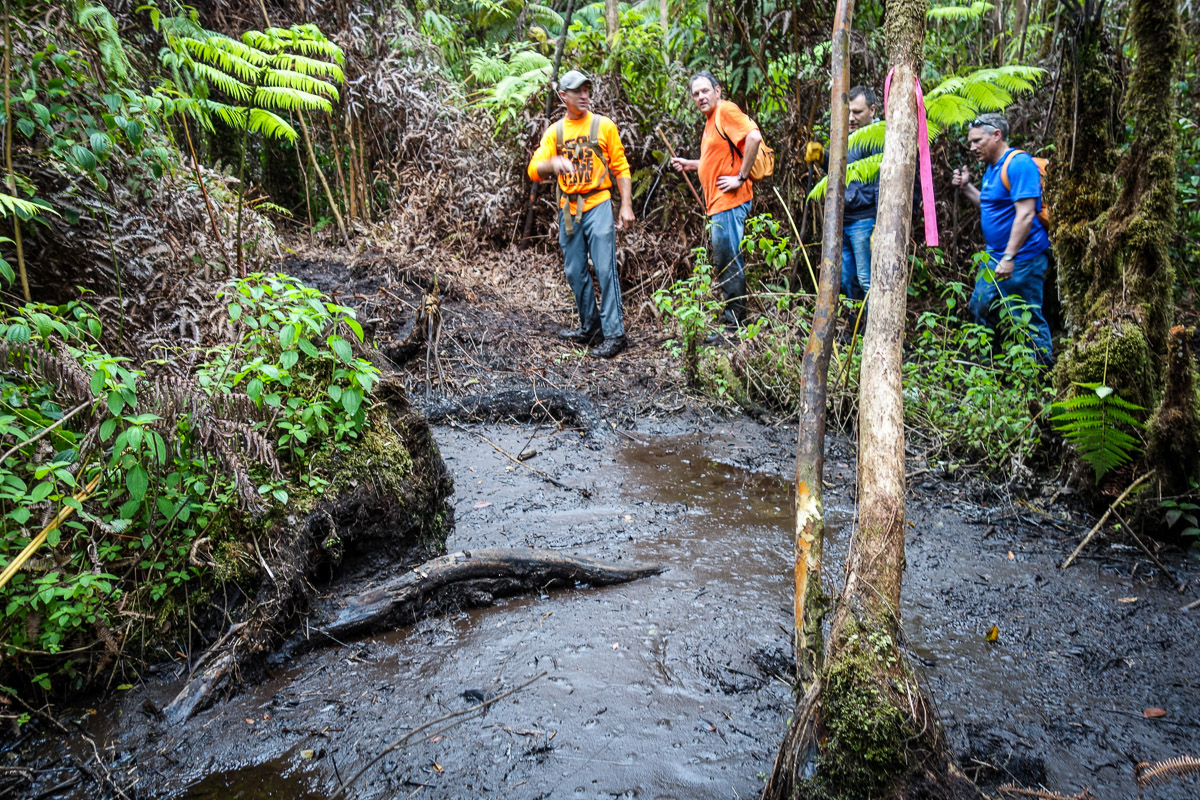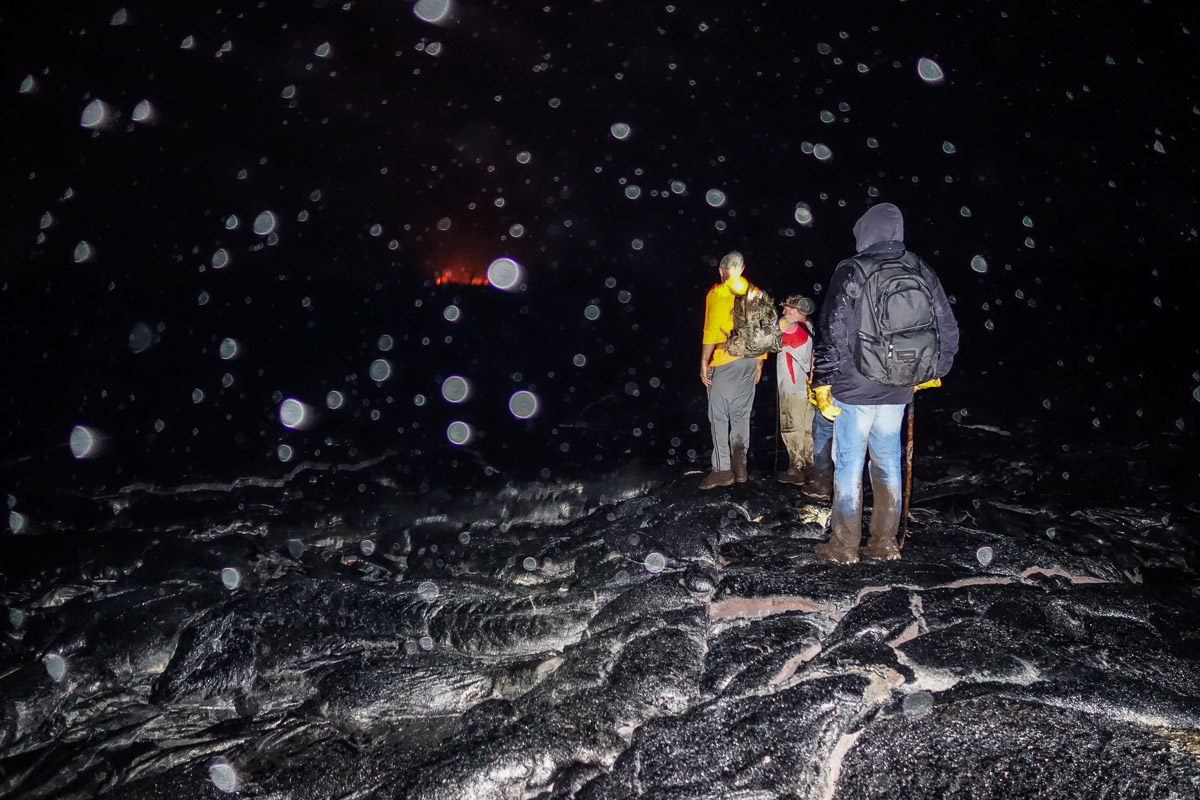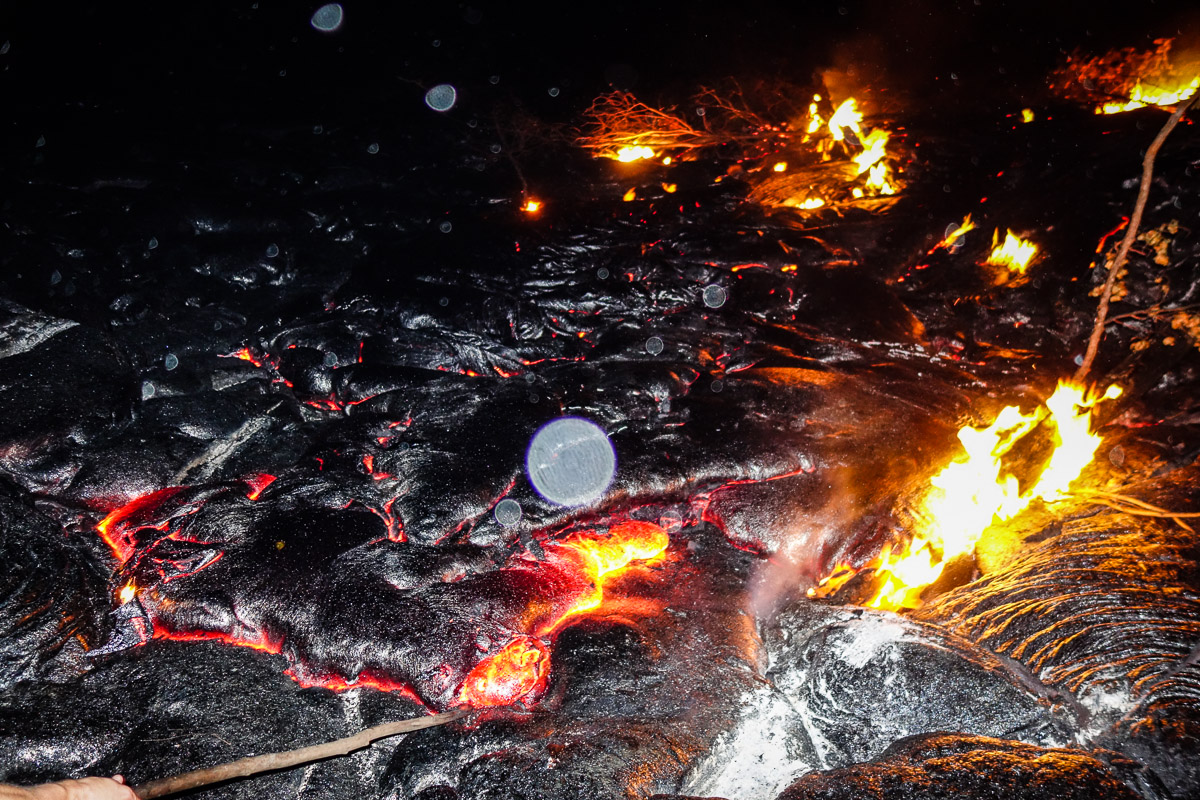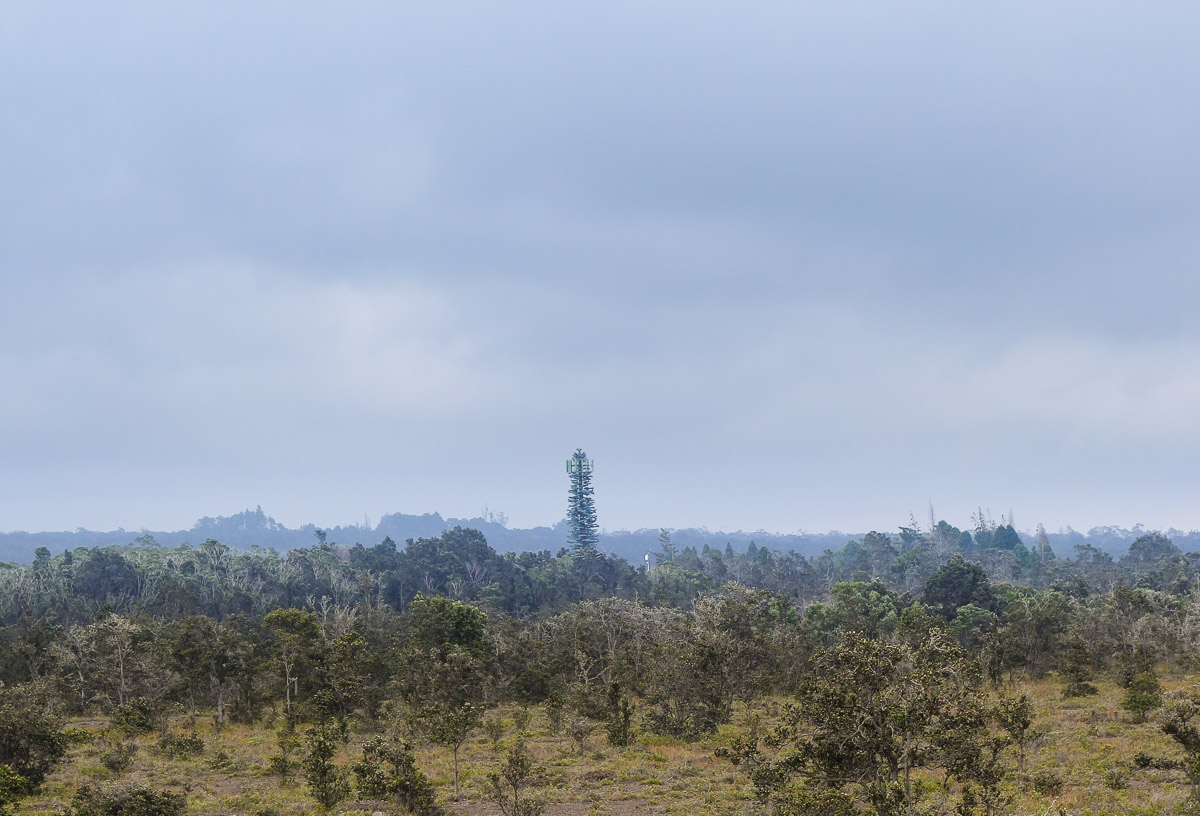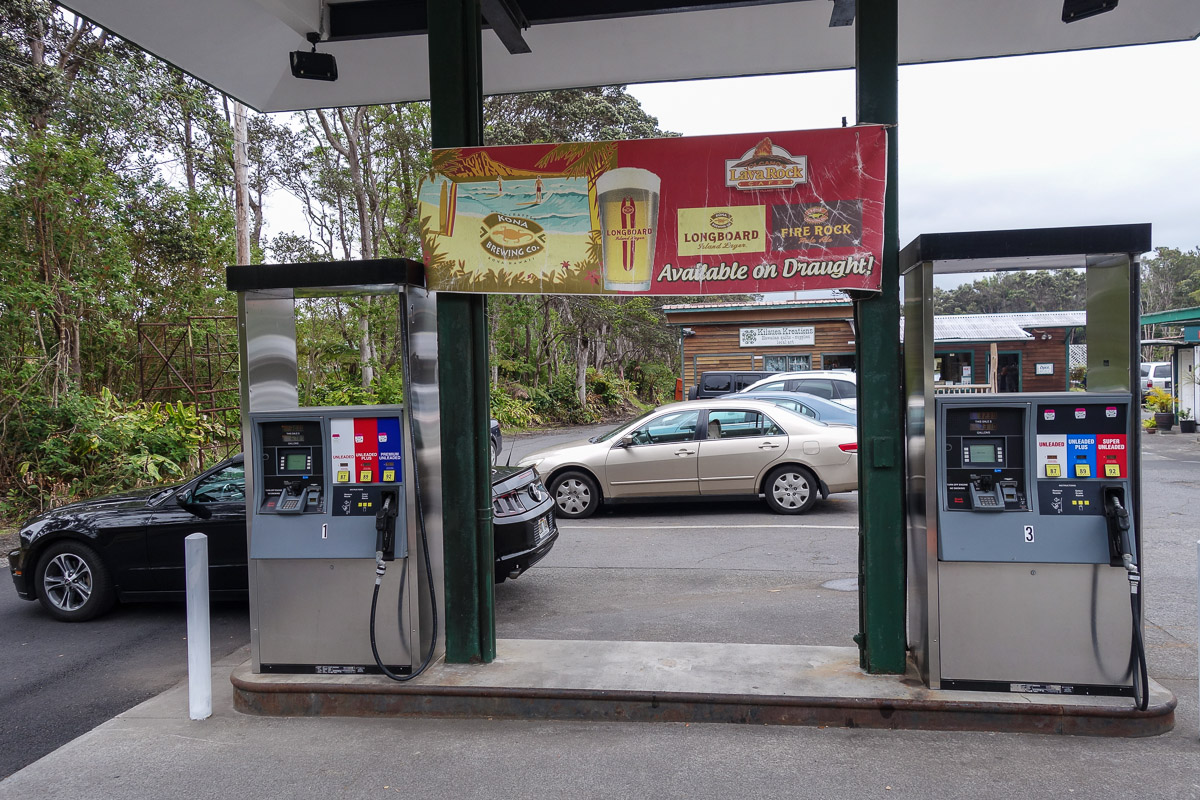April 23, 2014
A Big Volcano on a Big Island.
The Hawaiian Islands are a chain of active and extinct volcanoes, so various manifestations of volcanic activity are abundant here, like craters, calderas, lava streams, sulfuric steam vents and other subsurface natural features. However, not a single geyser was detected, no hot springs… That’s strange given the amount of precipitation and the rivers here – there must be some springs somewhere. But there are none.
The geological origin of Hawaii is absolutely unique.
Underneath the islands, there is a very hot part of the Earth’s mantle, or maybe a hole in the upper mantle through which hotter magma squeezes out. The location of the hole changes over time in regard to the tectonic plate: they keep moving in relationship to each other. More accurately, the plate changes its position over time: it slowly “floats” on top of the mantle. Thus, the “hole” gradually – after millions and millions of years – moves relative to the plate and the islands which stand on top of the plate. So the islands gradually “drift” away from the magma pocket. Volcanoes that were active for millions of years die away, the old volcanic islands gradually erode, while the lava finds new ways to erupt, and new islands emerge.
In other words, this chain of the Hawaii islands is the result of the Earth’s crust moving in respect to the hot magma pocket (the “hole”) in the Earth’s mantle. That’s all for today’s lesson on volcanology…
The Big Island is currently most active, with almost continuous eruptions occurring there. The lava flows, slides into the ocean and expands the island’s area. However, in a million years or so, the volcanic activity will come to an end, the island will gradually creep away from the magma “spot”. In its place a new volcano island will emerge above it, somewhere to the south-east of the Big Island.
As is known, volcanoes often grow both laterally and upwards. Sometimes they grow on an amazing scale. The two local volcanoes – Mauna Loa (active) and Mauna Kea (dormant) – don’t appear to be very high – both are around 4,200 meters, but they have grown all the way from the ocean bed!
So, if we add the ocean depth in, which is about 5,000 m, then each of the Maunas are in the region of 9,000 m! Pretty staggering…
There is yet another important factor, though.
The volcanology pictures in the local national park claim that the weight of the volcanoes compressed the Earth’ crust so much that it sunk. So, the volcano height must be calculated from the depth of the sunken crust – this adds another 8,000 m. So, the total height of the volcanoes is 17,000 km!
These are not my words – this is what the picture says. But if it’s true, Mauna Loa-Kea are not only the highest volcanos, but also the highest mountains on Earth. They are underwater. What we see above is only their peaks.
This is the result of the eruption and lava fields of 1969-1974. The locals have already laid a road here.
And this lava came from the eruption that began in 1992 and still continues to this day. A flooded road… a ‘Road Closed’ sign sticking out from the solidified lava… a minor apocalypse.
In total the flood has eaten almost 10 km of the road. I wish we could reach the other side of the lava field – a pretty good day trip. Though we’d need to take into account the complete lack of water, and the lava fields are not exactly flat – neither a tarmac road nor a track in the woods.
What I did NOT like.
Too much security. Road closed, keep out, rangers on duty making sure the rules are observed…
Do not enter! Volcanic hazards! Area closed! What if you stumble/fall/choke on the fumes? Alas, they do not let you approach any active craters. Those who really want to look inside an active volcano are welcome to go to Kamchatka – it is possible there…
A closed path to Kilauea, an active crater. You can still walk or ride a bike for another kilometer towards the crater, but after that is completely closed off. I have no idea if there are any holes in the security to avoid the cordons and rangers.
And now for the positives.
The peak of Mauna Kea is a total delight! It seems to be so close (only a 1.5-hour drive from our warm tropical beach), but when you get up to an altitude of 4km you feel the cold and the wind, the snow and eternal ice… Hats and gloves are highly recommended.
We were there at sunset. Next time I’d like to see the sunrise – the same tour on a clear day with no wind or clouds would be nice, too.
At the top of the mountain you’ll see one of the largest optical telescopes in the world. I googled ‘largest telescopes’, ‘optical telescopes’… It turned out to be very informative! Some very interesting reading for my homework :)
And, finally, the most unforgettable experience I had on the island – a trip to live lava streams.
The tour company described it as ‘an easy walk of just 2 miles, no climbing, a few puddles and bogs – get ready’. In practice, it turned to be a real Hawaiian disaster.
Everything was fine to begin with. We were picked up from the hotel at 7 a.m. and were taken to some light jungle area, where we walked for a bit and were offered some breakfast and local coffee (the coffee beans themselves are not bad, but the less said about “the best coffee on the island” the better). Later we came to a wonderful waterfall. It is really beautiful – a 135-meter trickle, very Hawaiian.
By evening we finally reached the lava. This 24/7 eruption began in 1992, though it is really better to watch lava at night, when it glows – in the daytime it is yellow and grey and hardly visible. That’s why we aimed to get there by sunset – to see the lava in the daylight and then in the dark followed by a quick dash to the bus to get back to the hotel for midnight. Yeah right. The best laid plans and all that!
In order to have a look at this liquid stone we had to walk 10 kilometers (5km in each direction) squelching through mud, climbing up wet, slippery rocks in a tropical forest, and every now and then falling through the cracks and holes in these ancient lava layers.
Our ranger-guide explained that there is “mud, good mud and bad mud”. And “good mud is the mud that has a bottom”. Well, we experienced it in plenty. Moreover, this mud turned out to be of a very high quality – after a second wash the brown mud stains on my jeans became a bit lighter, but never came off completely. “An easy hike,” they said! It was more like mad mud diving!
The way up took us 3 hours of squelching through mud and climbing up lava knolls; the way back took 3.5 hours in the dark, and someone’s torch even stopped working. And we waited 2 more hours for the stragglers to catch up at the end… On top of that, we spent about 4 hours on and around the lava – we just couldn’t tear ourselves away. We got back to the hotel at 6:30 a.m., but the view of streaming lava was worth it. At least once in your life you have to see it, prod it with a stick, light a cigar… A breathtaking sight!
And some more interesting photos to round off.
Trees in volcanic lava – no idea why they are there:
A Christmas tree?
Ha!
Just ‘Drink & Drive’:
For more photos, click here.
That’s all for today folks, goodbye!!
